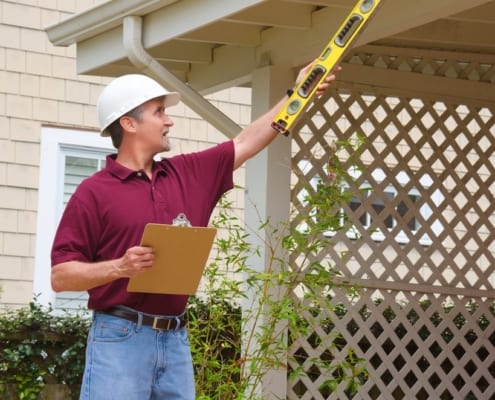Many of us waited a long time to get a dishwasher, so when the day arrives and you notice yours isn’t working correctly, frustration soon follows. Before you start looking at your bank account wondering how you’re going to pay for a new one, let’s look at the most common causes of a failing dishwasher. We’ll also discuss some potential fixes so you can avoid forking over money for a new one.
Wash and No Dry
The Simple Solution – Use a Rinse Aid
Dishwashers need a rinse aid to help your dishes dry more efficiently. You might look at your dishwasher manual to see what the manufacturer suggests, but in general, you’ll want to add rinse aid. Don’t leave this task to tablets that claim the rinse aid is included, use a separate product.
There is a Pool in Your Dishwasher
The Simple Solution – Garbage Disposal Complication
There is a plug in your dishwasher referred to as a “knockout” plug. Your garbage disposal is often connected to the hose of your dishwasher that can knock the plug back into place. This plug has to be removed in order for your dishwasher to drain correctly. A plumber can help you with this unless you are familiar with this plug.
You’re Seeing Spots
The Simple Solution – Rinse Aid and Hard Water Conditions
If you’re getting a lot of spots or streaks on your dishes, you might evaluate if you’re using the right rinse aid. You might try a different one to see if that clears up the issue. The other side of this is the quality of your water. Sometimes your detergents can’t adequately break down hard water, and if this is your issue, you’ll want to look for a product to boost your detergent.
The Cleaning Never Ends
The Simple Solution – Efficient Design and Low Water Temperature
There are a few things you can try to help your dishwasher run faster, such as running the hot water to the sink before starting the unit. Check to see what cycles you’re using, some simply take longer, especially if they are set to a sanitation option. Finally, look to see if your water heater or tankless is set to at least 120F-degrees. Most dishwashers require water temperatures to be at least 135F-degrees, and yours might be working extra hard to get hot water to your unit.
Leftovers are Left All Over Dishware
The Simple Solution – Clear the Filter
Start this task by checking your owner’s manual to see where and how to clear your dishwasher filter. Not all units have a filter, so find your manual or seek it out online, and check out what it says about cleaning yours. If you ignore this issue, it will only get worse until it impacts other functions of your dishwasher.
Hopefully, these tips have given you some ideas as to where to start uncovering your dishwasher dilemmas. Once you dig into the problem, you might find other issues that are all contributing to the overall function of the unit. When in doubt, call a plumber if you have troubleshot all your options with no luck.
Read More: Tips for Smoke Detector Safety
 https://www.grayslakehomeinspections.com/wp-content/uploads/sites/35/2019/03/shutterstock_354956585-min.jpg
662
1000
Spectora
https://d3bfc4j9p6ef23.cloudfront.net/wp-content/uploads/sites/35/2018/10/02163451/Logo-trans200-300x173.gif
Spectora2019-03-12 16:46:162019-08-29 21:37:555 Most Common Home Inspection Findings in the Chicago Area
https://www.grayslakehomeinspections.com/wp-content/uploads/sites/35/2019/03/shutterstock_354956585-min.jpg
662
1000
Spectora
https://d3bfc4j9p6ef23.cloudfront.net/wp-content/uploads/sites/35/2018/10/02163451/Logo-trans200-300x173.gif
Spectora2019-03-12 16:46:162019-08-29 21:37:555 Most Common Home Inspection Findings in the Chicago Area


